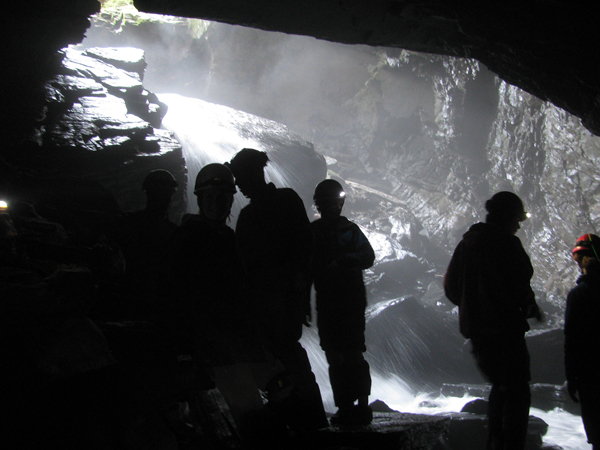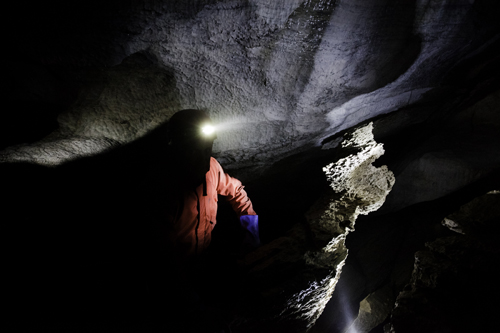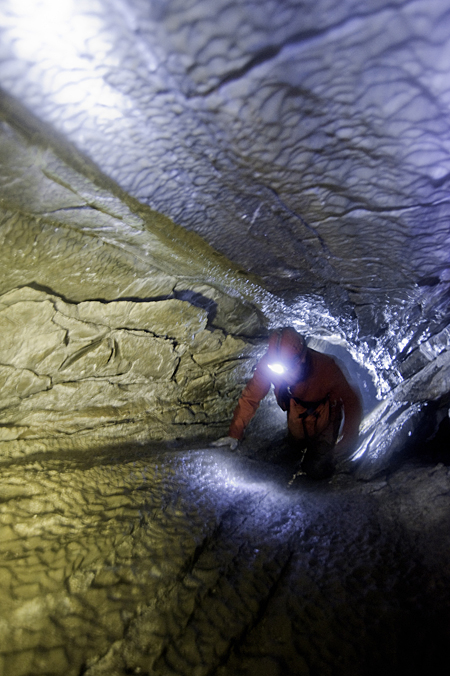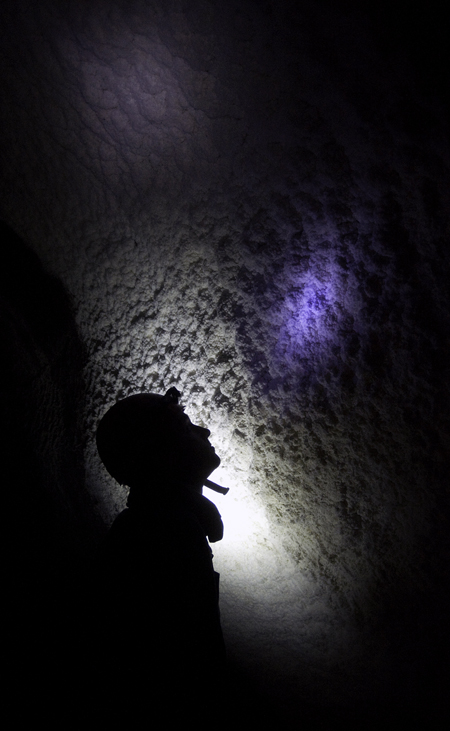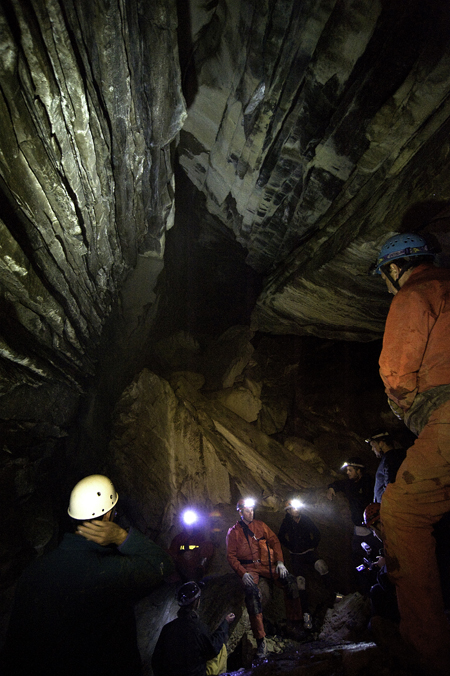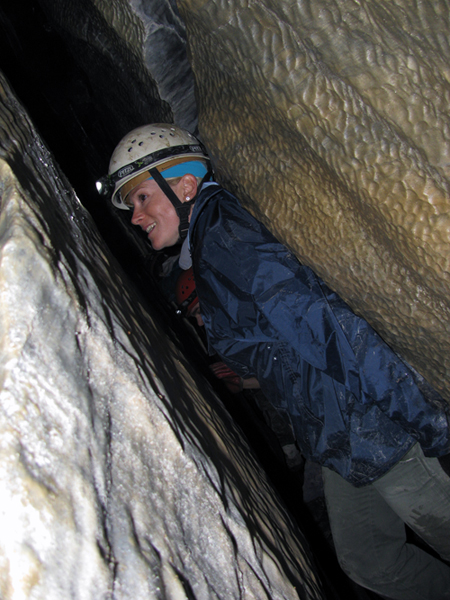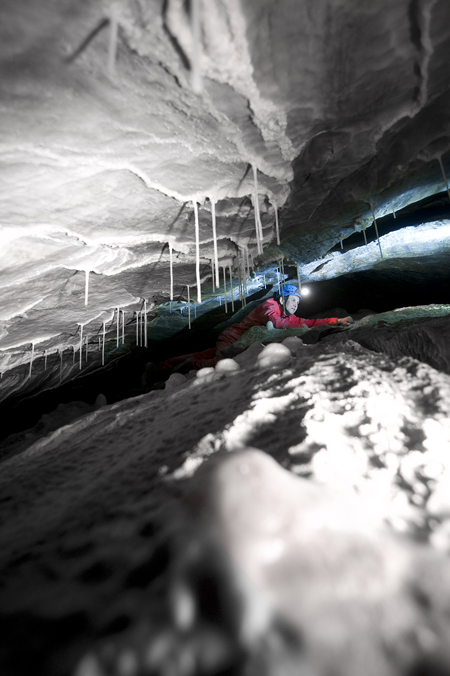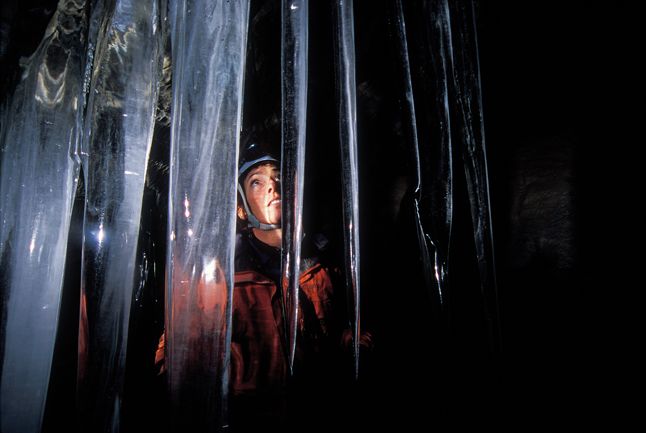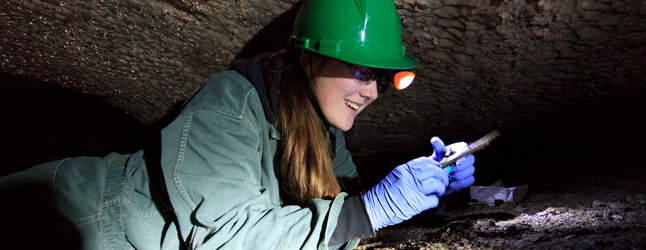
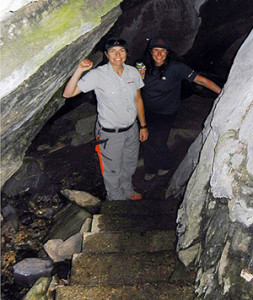
By David F. Rooney
Trying to determine the possible use of Nakimu Caves by bats is an iffy proposition.
There are no obvious signs — such as bat guano buildup on the floor — that bats use the caves but that doesn’t mean they don’t use them and, with the deadly fungus that causes White Nose Syndrome spreading west across the continent, Parks Canada needs to be sure , says Sarah Boyle, the ecologist leading the investigation at the well-known cave system in Glacier National Park.
“It’s difficult to prove the absence of a species,” she said in an interview last Friday, August 2.
Bats use caves and other habitats for different reasons and different season. They’ll use some as day roosts, others as maternity roosts and others as hibernacula (the cave they’ll swarm to when they need to hibernate).
The Nakimu caves are a six kilometre-maze of interconnecting passageways carved through limestone by water. Former investigations of the Nakimu caves have centered on the geology and physical features of the caves. Biological surveys done in 1976 concluded that there were “no delicate biological systems” in the caves. Back then a three-day visual survey in winter was undertaken by Dr. John Woods of Parks Canada – this survey did not produce any evidence of bat activity, but suggested further studies at one of the caves.
Now there is an urgent need to conduct those further studies and last week Boyle and Parks researchers Silas Patterson and Mandy Kellner, accompanied by Thompson Rivers University microbiology student Baylee Out travelled to Nakimu to install audio recorders and gather soil samples.
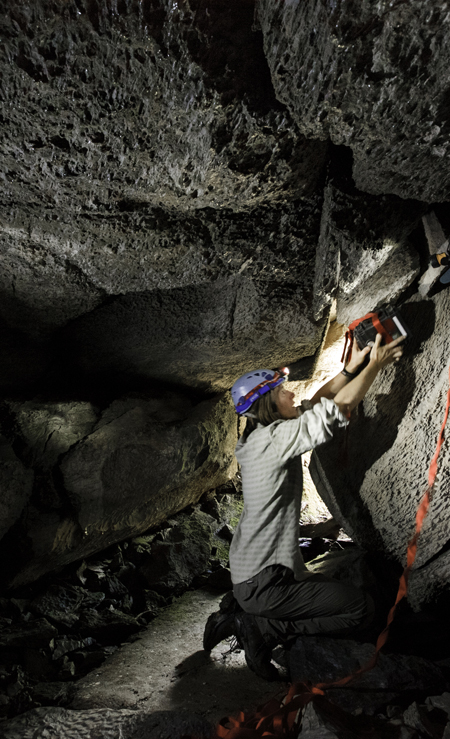
“They’re an under-studied mammal — absolutely,” Boyle said.
But she and other scientists are certain about one thing: White Nose Syndrome (WNS) is on its way West after killing millions of bats in eastern North America and has reached at least as far as Ontario’s border with Manitoba. Bats play very important roles as pollinators and as predators that help control insect populations. The possibility that WNS could, at the very least, extirpate entire species in parts of North America is prompting governments to spend money on research.
Geomyces destructans, as the fungus that causes WNS is formally known, first appeared in upstate New York in 2006 and since then has more than 7 million bats in the US and Canada. A fungus that originated in Europe, it appears as white fuzz on hibernating bats’ muzzles, ears and wings. It saps their energy and eventually kills them. The mortality rate is an astonishing 95% to 100%. There is no known cure and while WNS was first noticed on European bats 30 years ago, it is believed that those European creatures may have co-existed with the fungus long enough to develop an immunity. Part of the problem of dealing with WNS is that very little is really known about bats.
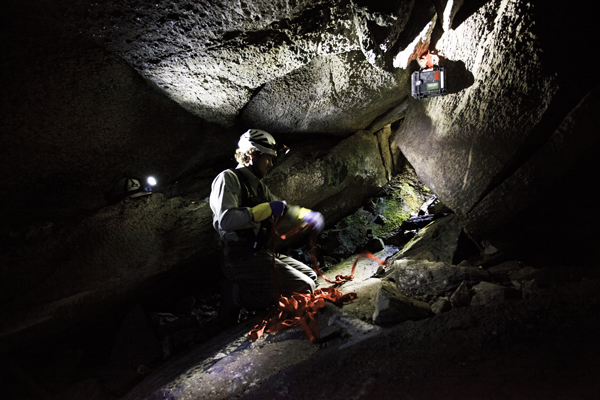
Boyle said bats typically have different stages where they’re roosting in caves. They’ve got their day roost, their maternity roost and in the winter they have their hibernacula.
“Bats play an important role in the ecosystem as night-time pollinators and in pest control,” she said Sarah. “In order to protect species like the Little Brown Bat, we need to know two things. First, is WNS in the caves; and second, do bats use the caves. While we have no reports of bats in the caves, that doesn’t mean they aren’t there and “if they are, the devices we installed will record their calls and tell us what species of bat they are and when they use the caves. This will help us protect them.”
The recorders will be left in the caves for 18 months, recording all sounds. They are the same devices as those used to record whales, dolphins and birds. Mini data loggers will also be installed to record humidity and temperature as some bat species prefer to hibernate or roost in caves that are humid and above 0°C. The data collected will be used to establish base-line data on cave conditions.
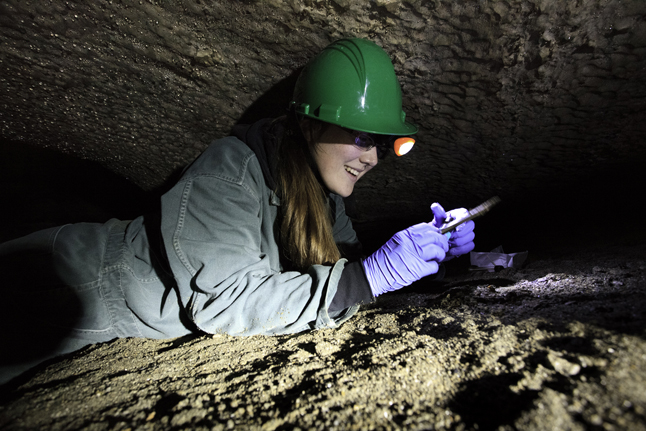
There is another cave system in the park — the Mount Tupper System northeast of Cougar Valley and Balu Pass. Also known as the Cascade Caves it is not the subject of this study because it is extremely dangerous. There is a researcher currently looking at Tupper and he has been asked to alert Boyle if encounters any sign of bats. There are no known caves in Mount Revelstoke National Park.
How soon will it get here?
There are computer simulations and maps produced in the US that suggest that WNS could reach Colorado as early as 2015. That’s probably as good a date as any, because “at this point the speed at which it spreads is all speculation,” Boyle said.
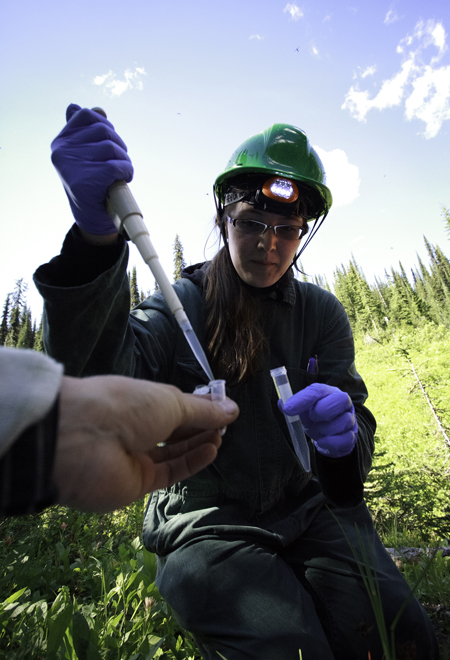
Part of the problem may be people. Spelunkers may inadvertently spread the fungus’ spores from cave to cave if they don’t adequately clean their caving equipment in much the same s as Asian Milfoil is spread from lake to lake by boaters who don’t properly clean their boats, water skis and other water craft.
It’s likely impossible to control the migration of bats that are bearing Geomyces destructans spores but Boyle said Parks hopes that “with management and procedures we can nip the people portion of this equation.”
Nakimu and Tupper are already controlled by Parks. You need a permit to visit them but they could be gated and closed.
Click here to read a previous story about WNS.
Here’s a short video that will give you some idea of what the Nakimu Caves are like, followed a gallery of photos taken a few years ago that highlight some of the cave system’s best features:
